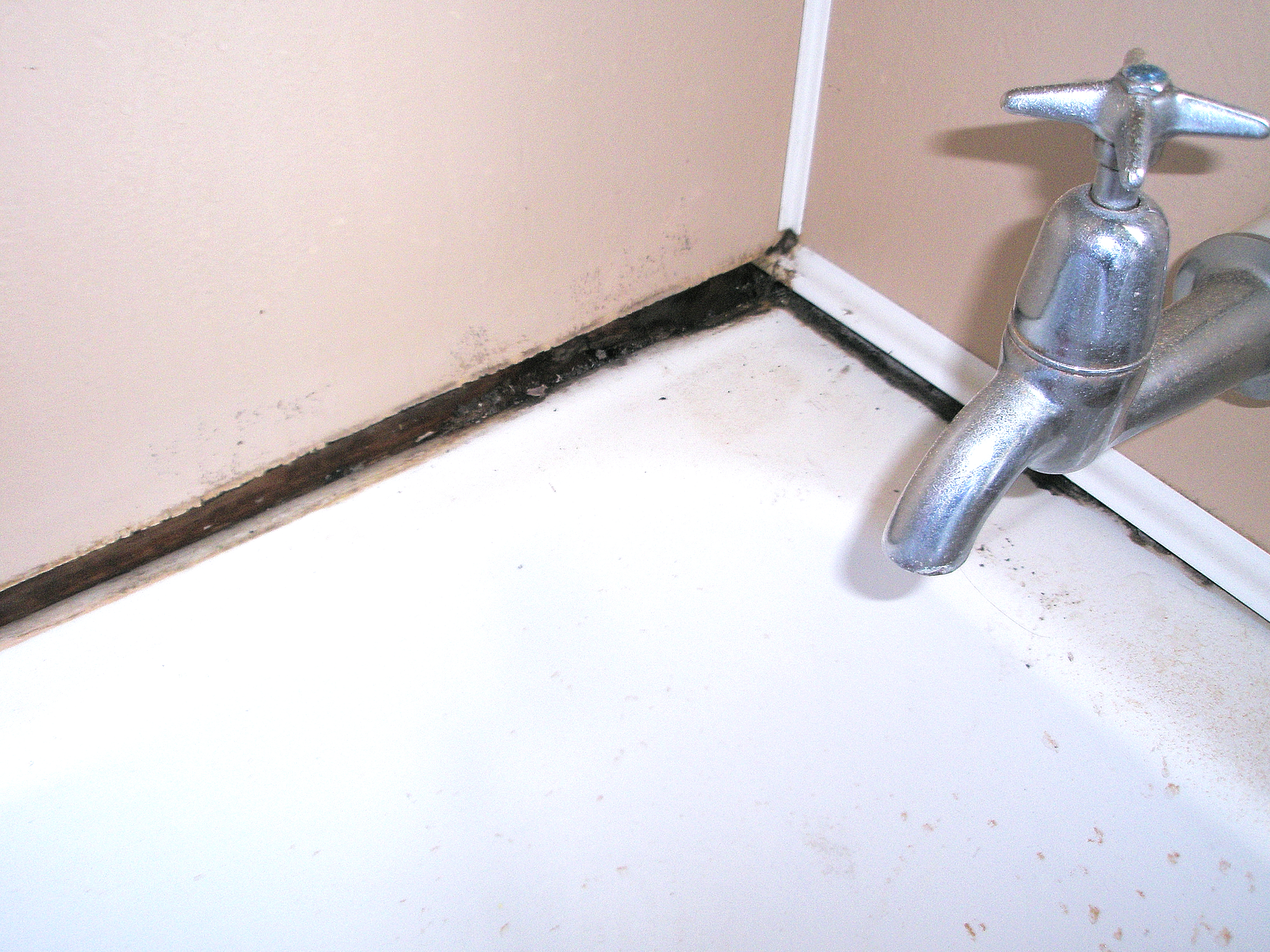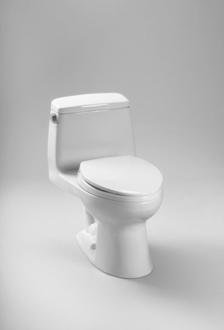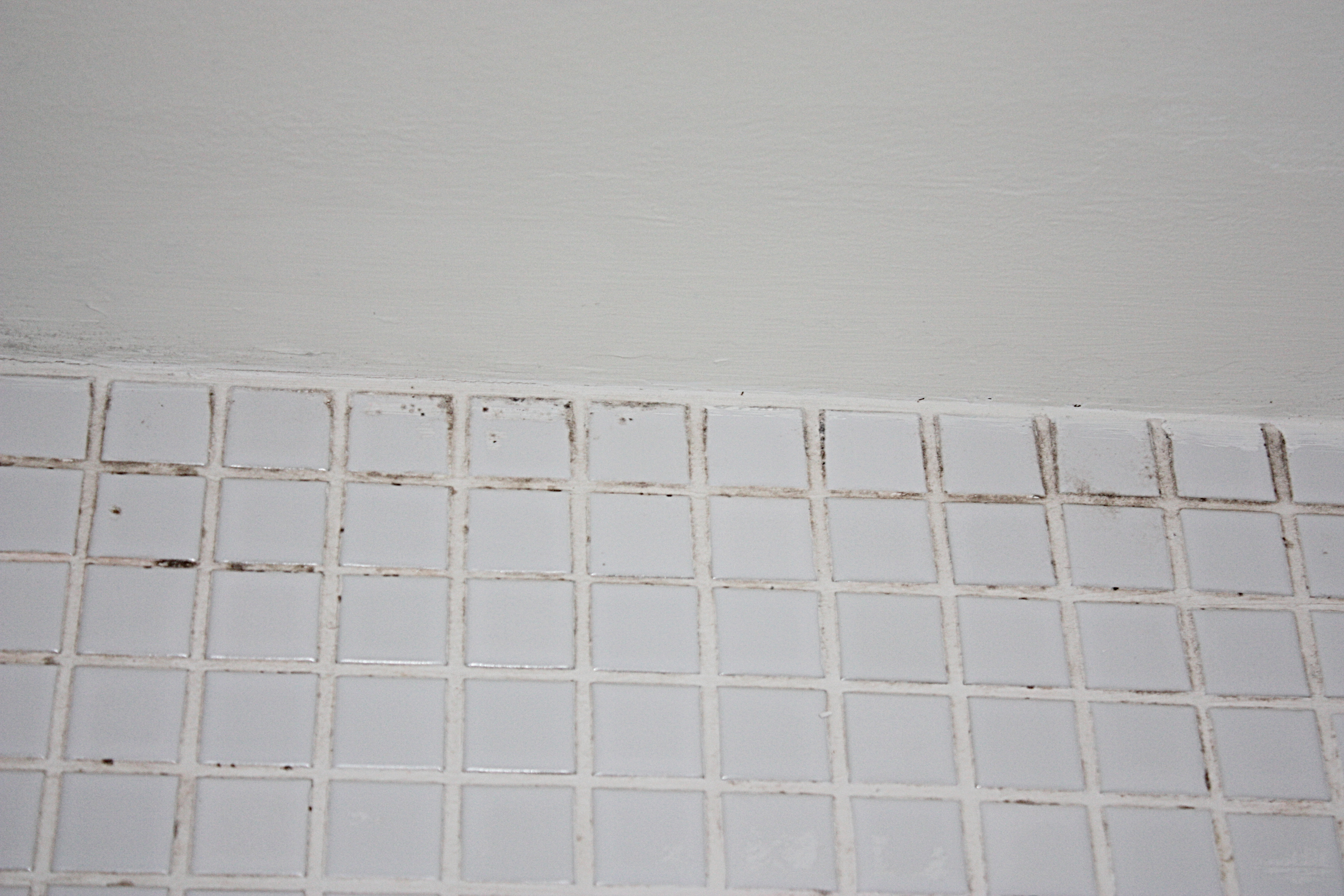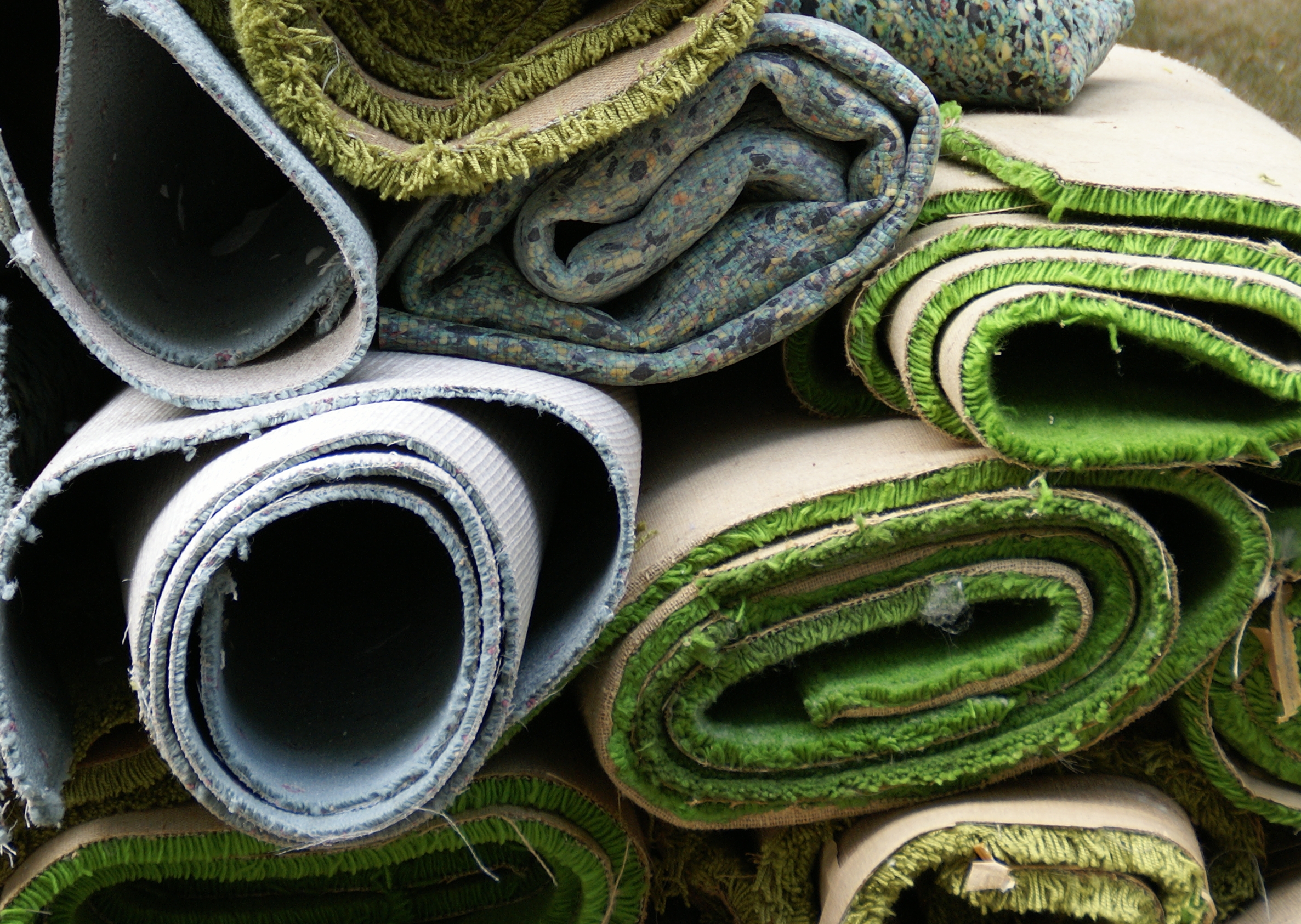Mold (or mildew) is a source of constant conflict in the homeowner’s battle to keep the home clean. While mold is a natural component of the air we breathe, their little spores making up the dust we see floating in the air on a sunny day. It’s when these spores take hold of a surface and start a mold colony that it becomes a serious issue for households.
Mold eats by secreting an enzyme and feeding off of organic compounds like starch and cellulose. Fruits contain plenty of cellulose, which is why they so often grow moldy. However, the wallboards in a home can also have cellulose, and so does the wood that makes up the frame of a house. Mold is an integral part of nature’s decomposition process, which means it’s had millions of years to be good at what it does.
 Prevention Tips:
Prevention Tips:
1. Keeping dry is the key here. Mold will not grow without a damp environment to help sustain it. If you have a bathtub or toilet overflow, a large spill in your kitchen or leaky pipes, these are issues that have to be dealt with immediately. Water can seep into corners and get underneath flooring, behind walls, into drywall or plaster and soak carpets. If left for more than 48 hours, mold is more likely to form and start mold colonies.
2. Use a de-humidifier. You’ll want to keep a relative humidity between 30% and 50%. Anything above 60% will be nourishing to mold. Keeping ventilation moving whenever possible is ideal as it helps water evaporate off of surfaces. When showering, remember to run the exhaust fan. Keeping the air from stagnating will also help keep the small amounts of water that form naturally from stagnating. We recommend Panasonic Vent Fans as an effective way to ventilate your bathroom.
3. Do a regular inspection of your home every month. Check around the base of the house, the basement, all of your concealed pipes, bathrooms, ceilings and attic spaces. Make it part of your monthly maintenance chores, as it’s an easy task to handle. This basic step can prevent the costliest of repairs by nipping them in the bud. Check for rusty pipes, as this is an indicator of condensation building up and can be a problem spot.
Cleaning Up:
1. Wearing proper cleaning gear is essential to protecting your health while dealing with mold. Use a N-95 facemask with filters, as they will help keep the spores out of your respiratory system. These are inexpensive, and can prevent complications from taking hold. Working without some sort of protection for your respiratory system can be extremely hazardous. The effects of spore inhalation can cause allergies you didn’t have before, or asthmatic symptoms, even in a healthy individual. Goggles without holes are also recommended. Long rubber gloves that go up to your elbows should be used as well.
2. When cleaning up mold the first step is to make sure everything is as dry as possible. Get the area as well ventilated as you can, using open windows, fans, air conditioning and a dry airflow to pass over the moldy surface.
3. Timing is also important. If the spill or leak has been extant for less than 48 hours, then mold has probably not taken hold. If the source of the water is not a spill, then fix the leak first. It will be impossible to properly clean up the mold problem if the site is still being affected by excess water. It’s important to purchase high quality fixtures that have a higher quality assurance. Toilets like Toto are an industry favorite, and are efficient with water usage as well as being reliable and stylish.
 4. Dry out everything; wipe down surfaces using a strong detergent. Scrub until the all of the mold is removed. It might not be possible to restore the cosmetic appearance of the surface, even with all of the mold cleaned away. If you’re using chlorine bleach, never mix it with other cleaning solutions or detergents that contain ammonia. Mixing these two chemicals will create toxic fumes. This can also harm some of your finishes on bathroom and kitchen fixtures, so clean with care.
4. Dry out everything; wipe down surfaces using a strong detergent. Scrub until the all of the mold is removed. It might not be possible to restore the cosmetic appearance of the surface, even with all of the mold cleaned away. If you’re using chlorine bleach, never mix it with other cleaning solutions or detergents that contain ammonia. Mixing these two chemicals will create toxic fumes. This can also harm some of your finishes on bathroom and kitchen fixtures, so clean with care.
5. Be careful not to agitate mold in porous material, like carpets, clothing, fabric and wallpaper. If you release spores into the air through the movement of tainted materials, it can not only get into other surfaces in the room, but also stay in the air and affect the eyes, air passageways and mucous membranes of other people. Gently move any materials that have mold in them, and do not shake them indoors. For example, if there is mold growing underneath wallpaper, removal of that wallpaper can lead to a massive release of mold spores.
Last Words:
Some materials will need to have a fan help with the drying, while others should be thrown away, like carpet or porous ceiling tiles. Porous materials will have small spaces that mold spores can get trapped in, continuously growing no matter how well you clean it.
A mold cleanup is completely done when the area is dry, and as much of the mold has been scraped off as possible. There should be no smell left, and no one should feel sick, get unexplained watery eyes or runny noses in the following weeks.


